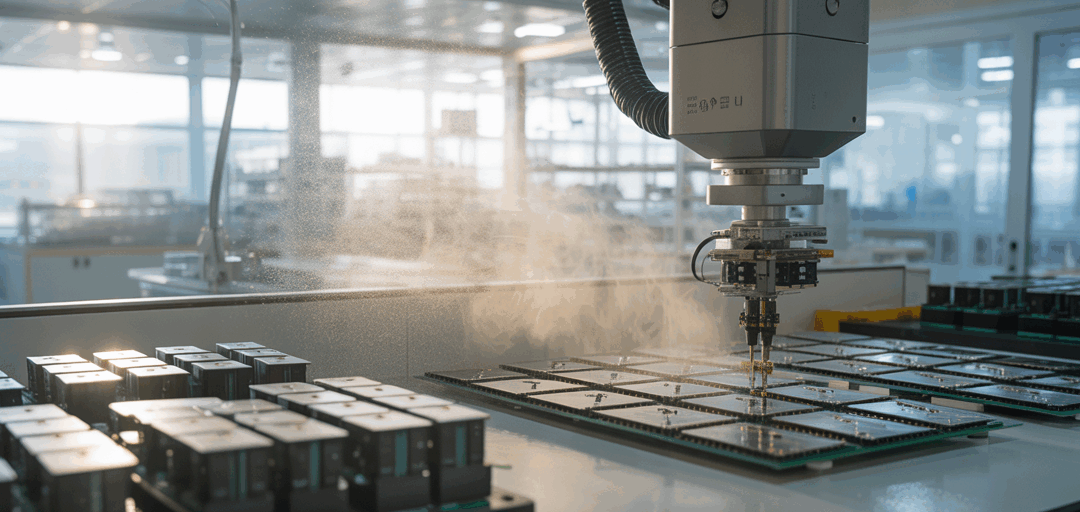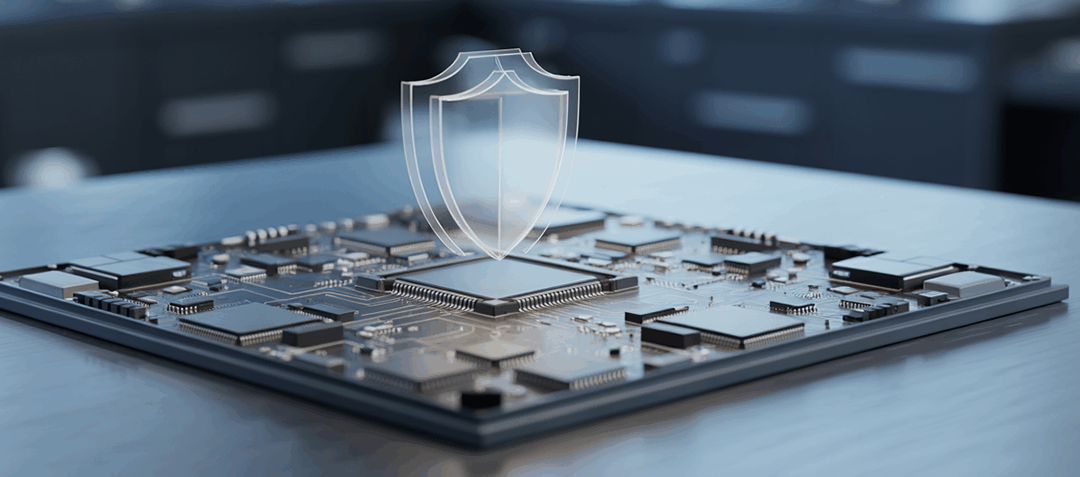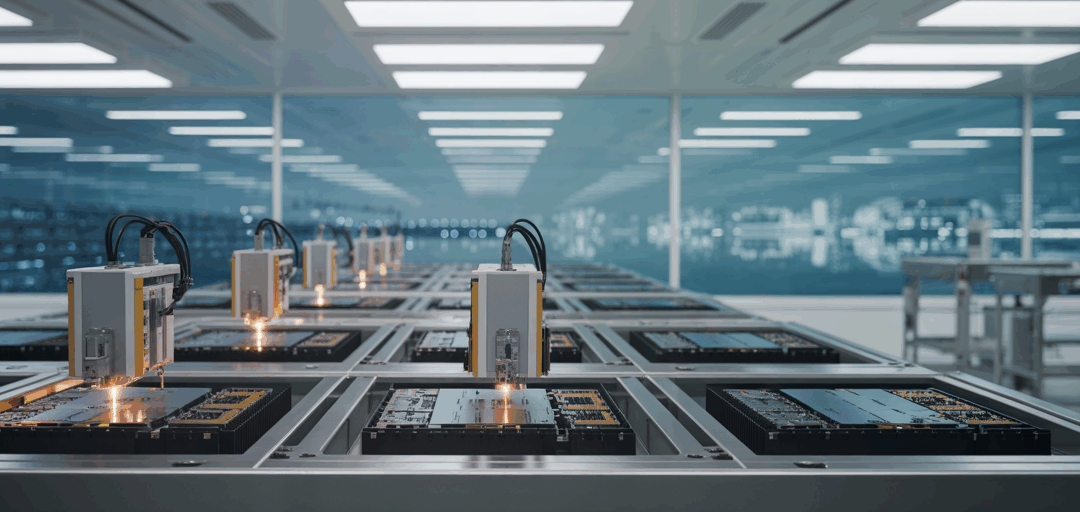Darkrooms – enclosed rooms specially designed to block out all incoming light – are frequently used in the production and processing of film, photographic paper, and other photographic materials. If light is allowed to enter, even in small amounts, is can degrade the quality of the film being produced. While most people are well aware of the importance of creating a light-proof darkroom (hence the name), a lesser-known element that also plays a role in the quality of darkroom film is humidity.
Relative humidity (RH) affects just about everything, including humans, animals and tangible objects. Before go into that, let’s first discuss the definition of RH, as this is a term that’s often misunderstood. Technically speaking, relative humidity is the maximum amount of water vapor the air can hold at its current temperature. When the air is warm, it holds less moisture since heat causes things to expand; thus, it’s less dense than cold air. On the other hand, cold air holds more moisture since it’s more dense.
So, why is relative humidity important? Although it’s invisible to the naked eye, humidity (or lack thereof) affects people and objects in numerous ways. When the humidity is low, it will attempt to draw moisture from its surroundings. This means hardwood furniture may dry out, and even the delicate mucus membranes lining your nostrils will experience dryness. It’s not uncommon for hardwood furniture to crack in excessively dry environments.
The biggest issue associated with low humidity in darkrooms is its degrading effect on photographic paper. As most experienced photographers probably already know, photographic paper is incredibly sensitive, and even minor nuances can damage it. Photographic paper tends to remain straight and flat when stored in environments with 50-55% RH. When the humidity drops below this amount, however, the corners will begin to curl and shrink.
The reason why photographic paper is susceptible to low humidity is because it loses its moisture content when exposed to excessively dry air. Just as hardwood furniture loses its moisture in environments with low humidity, so does paper. The moisture on the emulsion side of the paper literally evaporates into the air, making the air just slightly more humid.
Ideally, you should strive for a relative humidity level of 50% in your darkroom. This will prevent your photographic paper from drying out while also reducing the risk of electrostatic discharge (ESD).





